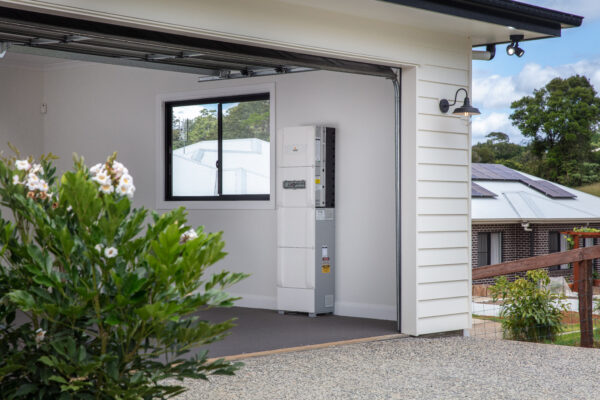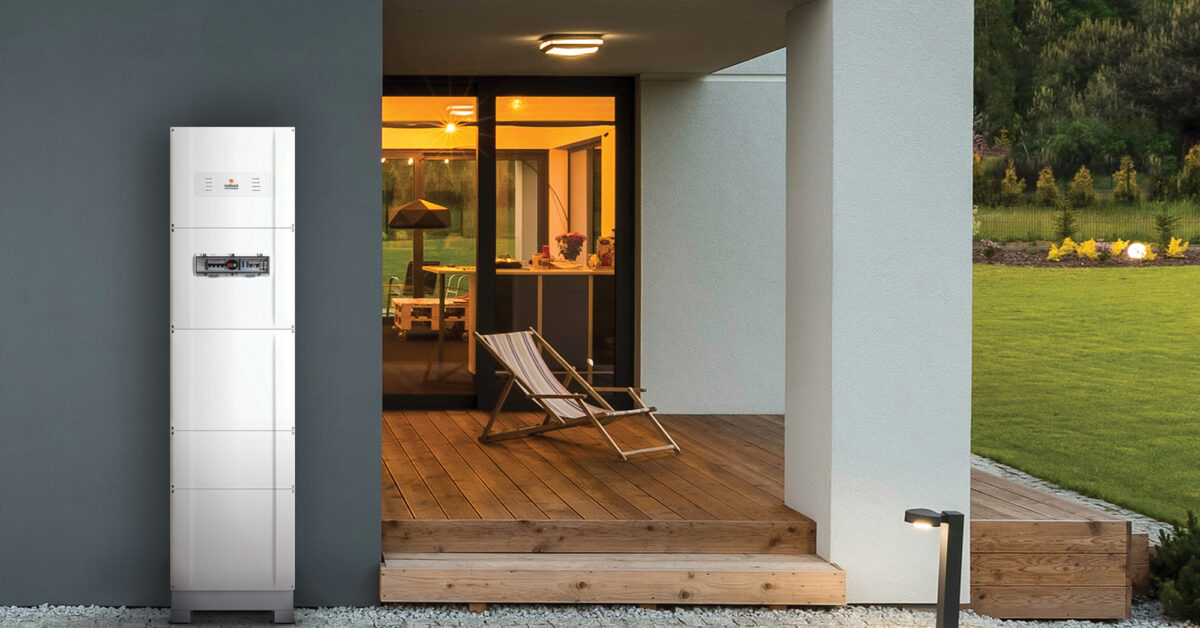With Redback Technologies inverters now compliant with Queensland’s dynamic connections, homeowners can now use the equipment to export up to 10 kW per phase. Until now, blanket low caps on energy exports to protect the grid from congestion have seen inverters limit the power output to either a battery or the grid to 5 kW.
The removal of these limitations has been made possible because of successful trials in South Australia, showing how rooftop solar systems can be synced with the internet and controlled through a central system to dynamically control the amount exported. In the past, and still in some states, energy exported to the grid is capped at the lowest possible rate, only required in the very rare times that the grid would be overwhelmed with more energy. This has been likened to setting road speed limits at 30 km/h on all roads including highways, instead of regulating speed limits according to the given conditions.
Legislators are now accommodating this ability. The general expectation is that flexible connections will eventually become standard across the country. So far, three Australian states – Queensland, Victoria and the solar trailblazer South Australia – have used dynamic exports to lift caps on how much energy can be fed into the grid.
With dynamic connections, enabled by products such as the first certified products in Queensland from Redback Technologies, Queensland homeowners with single-phase home systems can connect up to 10 kVA of solar and up to 10 kVA of battery energy storage without having to upgrade the connection to three-phase.
With specialised products for dynamic connections, homeowners can export energy at a flexible increased rate without the need for extra hardware. Redback Technologies can now provide Smart Inverters, Smart Hybrid Sytems and Smart 3-Phase Hybrid Systems for dynamic connections, making installation simpler and less expensive.

In South Australia, inverter and battery manufacturer SolarEdge became the first vendor to meet requirements for flexible exports by means of inbuilt software early this year. Now, this is also possible in Queensland with equipment from Redback Technologies.
Dr Adrian Knack, Chief Technology Officer at Redback Technologies, explained: “This can further increase the return on investment on a solar and/or battery system by generating more electricity to export to the grid and storing more energy to use when the solar is not producing.”
The progress of legislation and technology will mean that homeowners are more likely to install larger solar arrays. Previously, solar installers recommended only a 6.6 kW array simply to fit the ideal size for an inverter limited to 5 kW – only because of export limits. The average Australian rooftop can accommodate a 10 kW array, so the prospect of adding a few more panels to earn a bit more on feed-in tariffs will likely see the average home solar array increase in size.
As it stands, households with existing solar arrays in those states now allowing flexible connections will have to upgrade their inverters to make use of lifted caps. Customers with newly installed solar can start with the right equipment from the get-go. In future, homeowners are likely to have to comply with equipping their array for flexible connections.
For those parts of the world currently braving the dark and cold of the Northern Hemisphere, having an excess of solar energy and working out how to flexibly feed it into the grid is almost an inconceivable luxury problem. Australia is forging the path for this kind of progress globally, not only on account of abundant solar energy, and a highly technology-adaptive population, but also because of the kind of suburban sprawl that offers vast areas of rooftops to catch energy in a sunburnt country.
This content is protected by copyright and may not be reused. If you want to cooperate with us and would like to reuse some of our content, please contact: editors@pv-magazine.com.








By submitting this form you agree to pv magazine using your data for the purposes of publishing your comment.
Your personal data will only be disclosed or otherwise transmitted to third parties for the purposes of spam filtering or if this is necessary for technical maintenance of the website. Any other transfer to third parties will not take place unless this is justified on the basis of applicable data protection regulations or if pv magazine is legally obliged to do so.
You may revoke this consent at any time with effect for the future, in which case your personal data will be deleted immediately. Otherwise, your data will be deleted if pv magazine has processed your request or the purpose of data storage is fulfilled.
Further information on data privacy can be found in our Data Protection Policy.